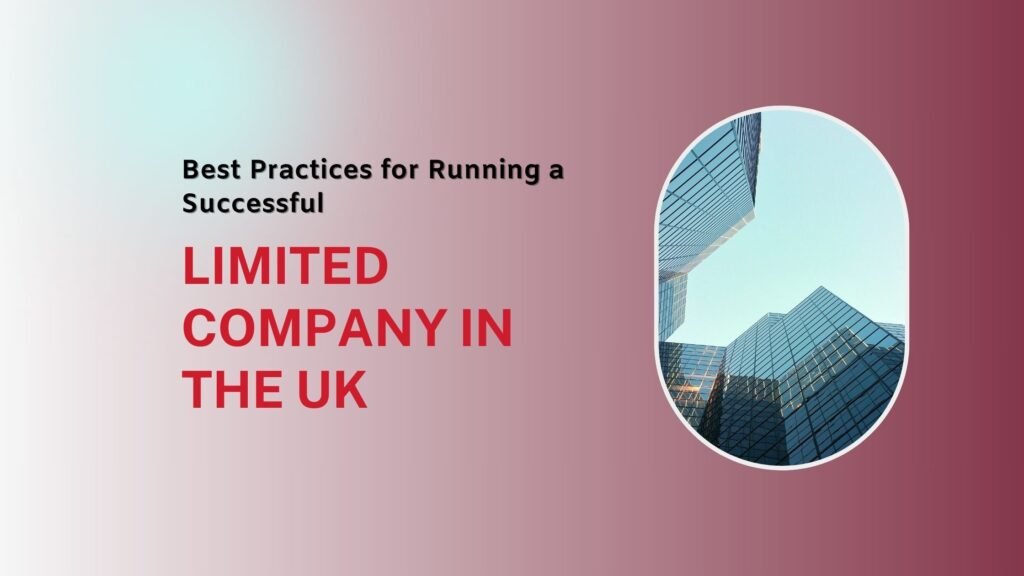Self-assessment is essential to the UK tax system for those earning untaxed income. For beginners—especially freelancers, contractors, or individuals with additional income sources, understanding how to register for self-assessment is critical to staying compliant with HM Revenue & Customs (HMRC) and avoiding penalties. This article simplifies the process of self-assessment registration for beginners, breaking it down step-by-step to help you meet your tax obligations without making any mistakes.
What is Self-Assessment?
HMRC uses self-assessment to collect income tax from individuals whose tax is not automatically deducted through the Pay As You Earn (PAYE) system. Under self-assessment, individuals must declare their income and any relevant expenses, calculate their tax liabilities, and submit the necessary payments to HMRC. This system applies to various individuals, including the self-employed, landlords, company directors, and those with other untaxed income.
Who Needs to Register for Self-Assessment?
Not everyone needs to register for self-assessment. Typically, individuals must register if they:
- Are self-employed or a sole trader, and their income exceeds £1,000.
- Are a partner in a business partnership.
- Earn money from renting out a property.
- Receive foreign income that is not taxed in the UK.
- Have capital gains (such as profits from selling assets like stocks or property).
- Are earning more than £100,000 a year.
- Earn income from savings, investments, or dividends exceeding a certain threshold.
- Receive child benefits, and their income is over £50,000 (High-Income Child Benefit Charge).
- Claim tax relief on pension contributions or charitable donations.
If any of the above applies, it’s essential to register for self-assessment to avoid penalties.
When Should You Register for Self-Assessment?
Knowing when to register for self-assessment is essential to avoid missing critical deadlines and incurring fines. The general rule is that you should register for self-assessment by 5 October; following the end of the tax year, you earned the untaxed income.
For example,if you started self-employment or earned untaxed income during the 2023/24 tax year (6 April 2023 to 5 April 2024), you need to register for self-assessment by 5 October 2024. HMRC may impose late registration penalties if you fail to meet this deadline.
Special Circumstances:
- Self-Employment: If you start working for yourself, you need to register as self-employed and file a self-assessment return for that tax year.
- Additional Income: If you earn extra income, like from rent or freelance work, you must register by 5 October after the tax year ends.
- Company Directors: Directors of limited companies must also register for self-assessment unless their income is taxed under PAYE and they have no other untaxed income.
How to Register for Self-Assessment
Registering for self-assessment is a straightforward process, but several steps are involved. Follow this step-by-step guide to ensure you register correctly:
Step 1: Set Up a Government Gateway Account
To register for self-assessment, you’ll need to create a Government Gateway account if you don’t already have one. This account will give you access to various HMRC services, including filing your self-assessment return. Visit the HMRC website to set up your account.
Step 2: Register as Self-Employed or for Self-Assessment
Once you have your Government Gateway account, the next step is to register for self-assessment. You can complete this online through the HMRC website:
- Register using the Register for Self-Assessment and Class 2 National Insurance form if you’re self-employed.
- If you’re not self-employed but need to register for other reasons (such as earning rental income or having savings interest), use the Self Assessment Registration form.
Step 3: Receive Your Unique Taxpayer Reference (UTR)
After you register, HMRC will post you a Unique Taxpayer Reference (UTR) number. This 10-digit number is crucial because you’ll need it whenever you file your tax return or contact HMRC.
Step 4: Complete Your Registration
After receiving your UTR, complete the registration process by signing into your Government Gateway account. This step will allow you to file tax returns online and manage your self-assessment details.
Step 5: Submit Your Self-Assessment Tax Return
Once you’re registered, you’ll need to file your self-assessment tax return at the end of each tax year. You can do this through your Government Gateway account by providing information about your income, allowable expenses, and any tax reliefs.
Personalised
Accountancy Services
Avoid These Common Mistakes in Self-Assessment Registration
Many people make avoidable errors when registering for self-assessment, which can lead to delays and penalties. Below are some common mistakes and tips on how to avoid them:
- Missing the Registration Deadline: As mentioned earlier, failing to register by 5 October after the tax year in which you earned untaxed income can result in penalties. Always mark key deadlines in your calendar to ensure timely registration.
- Incorrect Information: Ensure that the information you provide during registration, such as your name, address, and National Insurance number, is accurate. Providing incorrect details can lead to delays in receiving your UTR number.
- Not Creating a Government Gateway Account: Some individuals attempt to register for self-assessment without creating a Government Gateway account. This is a necessary step in the process, so do it first.
- Forgetting to Declare All Income: When you file your tax return, it’s important to declare all sources of income, including freelance work, rental income, dividends, and any foreign income. Failing to do so may result in HMRC charging additional penalties.
- Not Keeping Records: Keeping accurate financial records, including invoices, receipts, and bank statements, is crucial for completing your self-assessment tax return. Incomplete or inaccurate records can lead to errors in your return.
Key Deadlines for Self-Assessment Registration
Anyone filing a self-assessment tax return must be aware of key deadlines. Missing these deadlines can result in penalties from HMRC, adding unnecessary stress and financial burden.
- 5 October: Register for self-assessment if you need to file a return for the previous tax year.
- 31 January: Deadline for submitting your online self-assessment tax return and paying any tax owed. If you’re filing a paper return, the deadline is 31 October.
- 31 July: If you make payments on account (advance payments towards your tax bill), the second payment is due on 31 July.
Penalties for Missing Self-Assessment Registration Deadlines
HMRC imposes penalties for missing registration and submission deadlines:
- Late Registration: You may be fined if you fail to register by the 5 October deadline.
- Late Filing: If you file your return late, there is an initial penalty of £100, even if you don’t owe any tax. Additional penalties apply if the delay extends beyond three months.
- Late Payment: Interest is charged on late tax payments, and additional penalties apply if payment is delayed by more than 30 days.
Mistakes can happen even after submitting your self-assessment tax return. Whether you missed some income or made an error in your deductions, it’s more common than you think. The good news is, fixing these mistakes is simple. Our detailed guide on How to Correct Errors in Your Self-Assessment Tax Return explains the steps to resolve them properly.
Valuable Resources for Self-Assessment for Beginners
For more information and resources, HMRC offers a variety of tools to assist you with self-assessment:
- HMRC Online Services: Access self-assessment forms and guidance via the Government Gateway.
- HMRC Helpline: For help with registration, contact the HMRC self-assessment helpline at 0300 200 3310.
- Tax Calculators: Use the HMRC self-assessment calculator to estimate your tax liability.
- Guide to Self-Assessment: The official HMRC guide offers a comprehensive overview of the self-assessment process.
Registering for self-assessment is essential for anyone earning untaxed income in the UK. While the process seems complex, following the steps outlined in this guide will help you to go through the registration process smoothly. Remember to register by 5 October following the tax year you earned income, and stay on top of filing deadlines to avoid penalties.
If you find the process overwhelming or have doubts, don’t hesitate to seek professional advice from Cartwheel International. Our expert tax advisors and financial consultants are ready to assist you. It’s always better to be proactive and get the proper support to avoid complications later.
Frequently Asked Questions
You can register for self-assessment online by visiting the HMRC website. Create a Government Gateway account, and then follow the instructions to register for self-assessment.
If you miss the registration deadline of 5 October, HMRC may impose penalties. The amount of the penalty depends on how late your registration is and other factors, such as the amount of tax owed.
Yes, if you register late for self-assessment, HMRC can impose fines and penalties. The penalties increase the longer you delay registering or filing your return.
Yes, self-assessment is not just for the self-employed. If you have other forms of untaxed income, such as rental income, dividends, or savings interest, you may also need to register for self-assessment.





